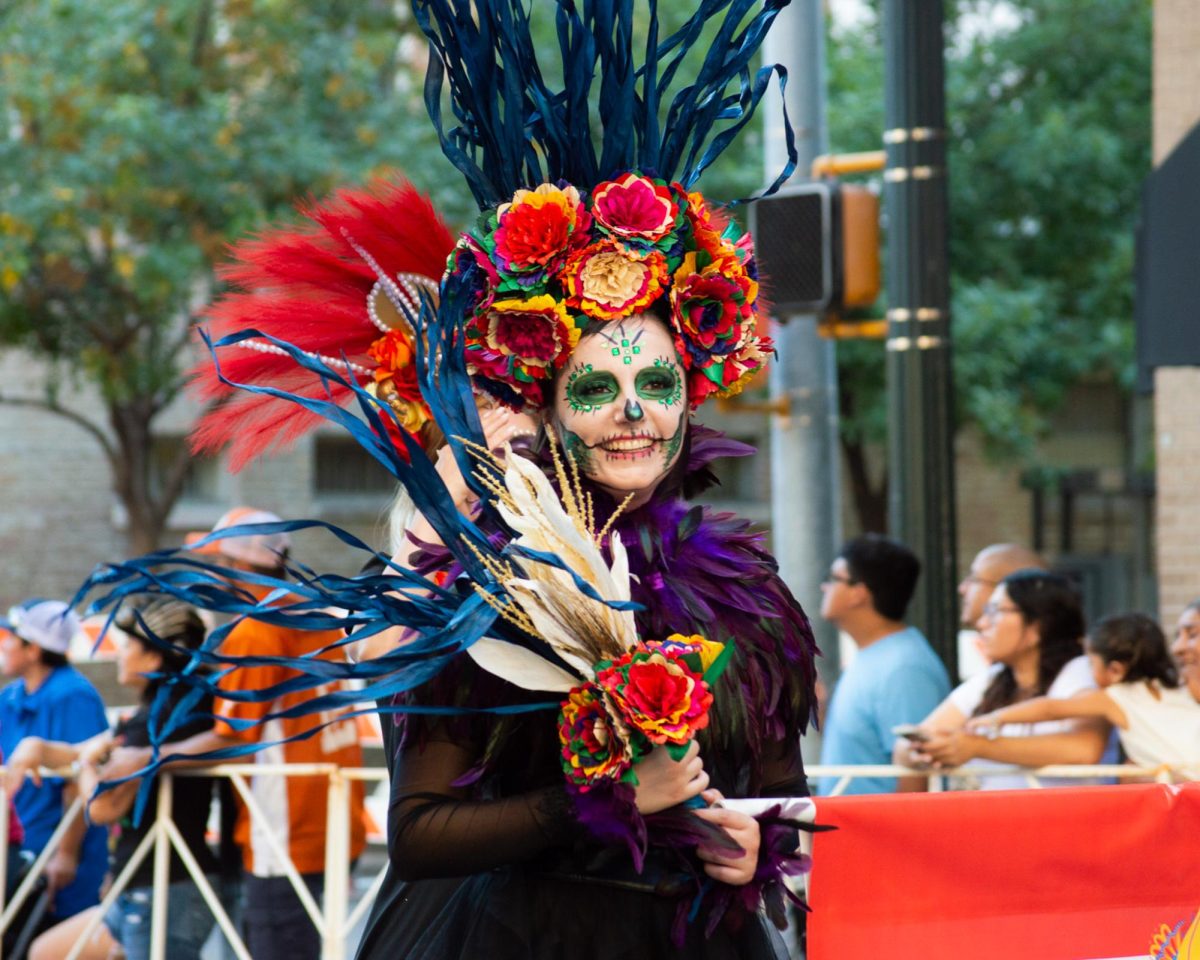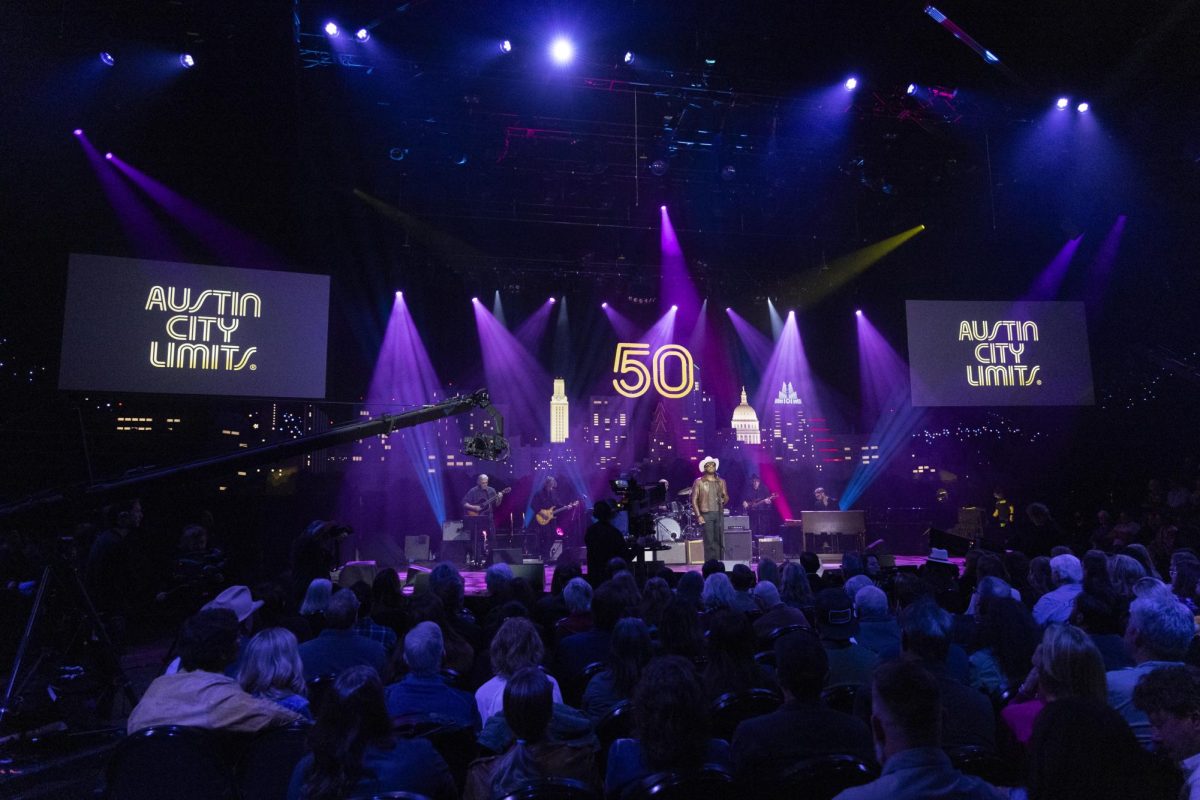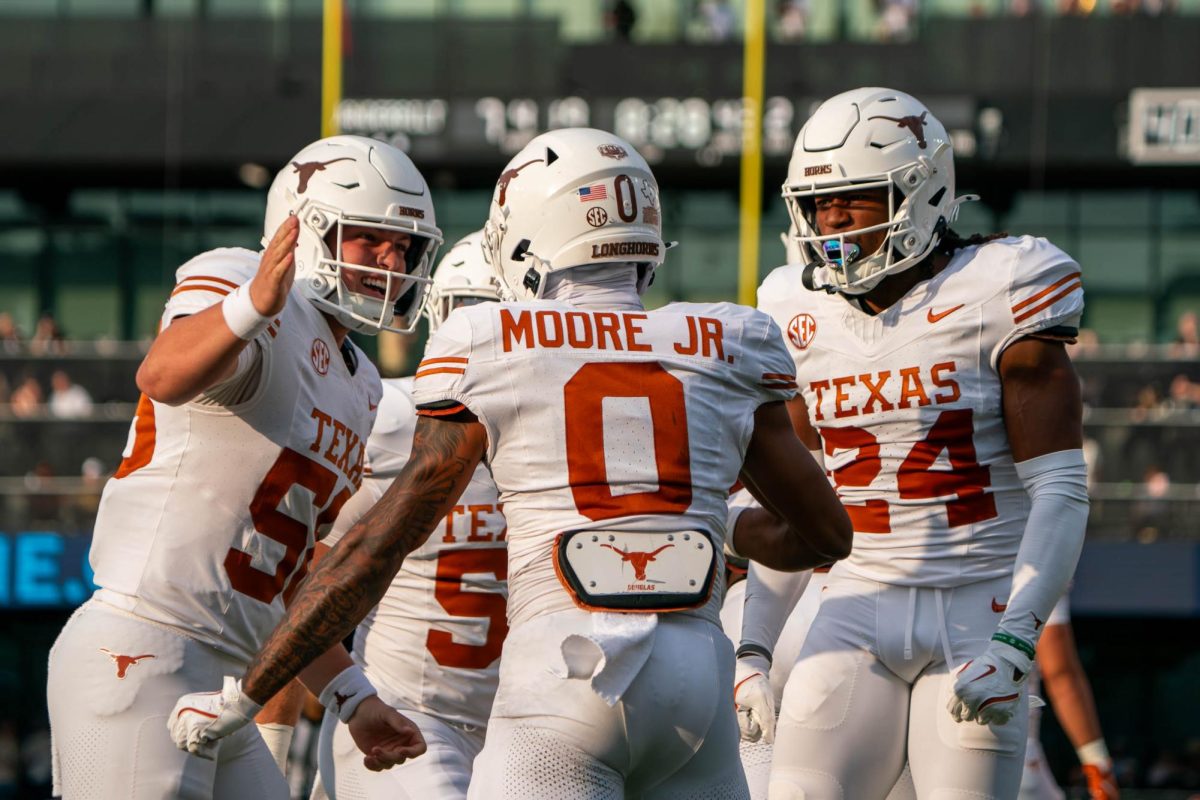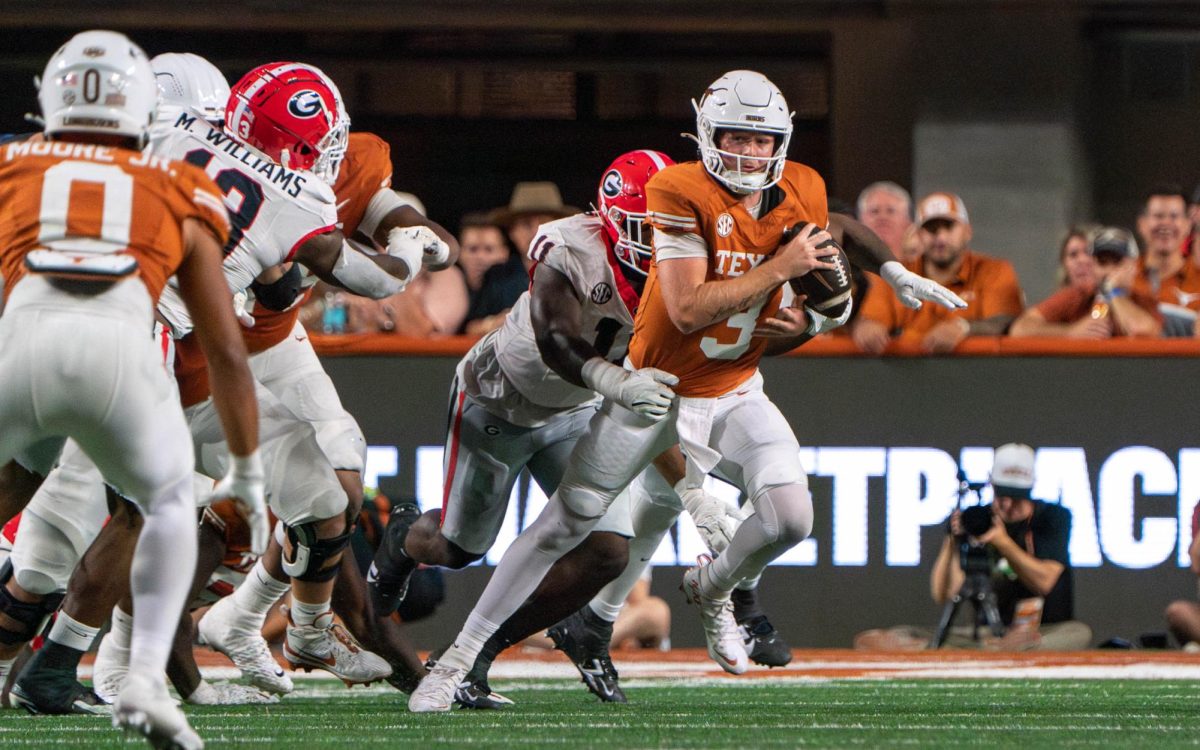Editor’s Note: This is the first in a two-part series exploring the history and notoriety of the cocktails associated with Ernest Hemingway.
While some English scholars devote much of their time and research to author Ernest Hemingway’s writing, Hemingway also continues to garner attention for his influence on and history with cocktail culture, with drinks ranging from the popular Mojito to the more obscure Farewell to Hemingway.
“Hemingway’s social life is well documented, perhaps partly because he traveled in literary social circles in exotic locales such as Paris, Key West and Cuba,” explains Molly Schwartzburg, Cline Curator of Literature at the Harry Ransom Center. “His biography is filled with drama — particularly his wartime experiences and his many marriages.”
These drinks can be found between the drama written, the doodles of his manuscripts and correspondence with other members of the Lost Generation, cracked spine cocktail books and common rumors found on said pages that are then swapped after you’ve had a few of these drinks. It is by no means a comprehensive list of his favorite cocktails and those he was associated with since tracing his drinks, especially for a well-known alcoholic, would be like tracing his life sip by sip.
Adventurous imbibers should note beforehand that Hemingway always preferred more sour cocktails. In other words, these aren’t for the appletini-lovers.
Perhaps one of the most well-known of “the Papa’s” cocktails, the Papa Doble takes the original daiquiri and doubles the rum as the boozehound originally asked, notes Wayne Curtis in “And a Bottle of Rum.” The modern-day Hemingway Daiquiri though, with its mere 2 oz. in comparison, hardly matches the original’s potency. Nevertheless the modern version is hardly the sweet candy-like daiquiri some might associate with daiquiris.
By 1939, Charles H. Baker Jr., cocktail journalist, friend of Hemingway and fellow lush, notes that the original, non-Hemingway daiquiri had already become the margarita of his time — a popular drink with everyone and their brother claiming ownership or relation to the creation of the drink.
However in Baker’s compilation of stories and cocktail recipes, “The Gentleman’s Companion,” he asserts that he truly did know the original inventors back in Daiquiri, Cuba in 1898. Unfortunately for Hemingway, the original was too sweet or simply too weak so he
replaced the sugar component with more tart flavors, like grapefruit juice and maraschino liqueur.
Although it’s been a number of decades since most people have probably had a tipple of the original Bacardi Rum that Hemingway drank, the rum distributors have recently released a 1909 limited edition white, or un-aged, rum. Allegedly, it would be more along the lines of what the author first drank and has a much more clean, refined taste than its contemporary grandson.
However, if you’re simply looking for the wino’s cure to writer’s block, you can go with a white rum that’s more in line with your budget.
One of the two cocktails named after Hemgingway’s nonfiction bullfighting novel, “Death in the Afternoon,” Death in the Gulf Stream is even more tart than his daiquiri with its heavy bitters component and lime. But after one or two sips, the cool crushed ice and bracing flavors make this one of his more favorite drinks.
Baker would later go on to note that this recipe received more correspondence than any of his others and was rather popular at the Casablanca Restaurant near Harvard University in the ’60s, according to his correspondence with the owners.
In addition to the believed restorative power of the alcohol, the “death” does not compromise on sugars to sweeten it. Baker later noted that too much sugar in any cocktail was like a lovely lady wearing too much perfume. Both the woman and the drink are already gorgeous, so why pretend like they need to be masked?
“No sugar, no fancying.” Baker writes in the Gentleman’s Guide. “It is reviving and refreshing; cools the blood and inspires renewed interest in food, companions and life.”
—
Papa Doble/Hemingway Daquiri
Ingredients:
3.75 oz. rum (or 1.5 jiggers)
6 drops of maraschino liqueur (not the syrup from the jar)
2 limes, juiced
1/2 grapefruit, juiced
How to:
Frappe in a blender and serve up in a large cocktail class
Source: A.E. Hotchner’s
“Papa Hemingway”
—
Death in the Gulf Stream
Ingredients:
Crushed ice
4 dashes of Angosturra bitters
Juice and crushed peel of 1 green lime
2 oz. Holland Gin or Genever
How to:
Fill thin water tumbler halfway with ice
Lace with the purpled bitters,
pour in the juice, genever and serve
Source: Charles H. Baker’s Gentleman’s Companion Volume II Being an Exotic Drinking Book

















